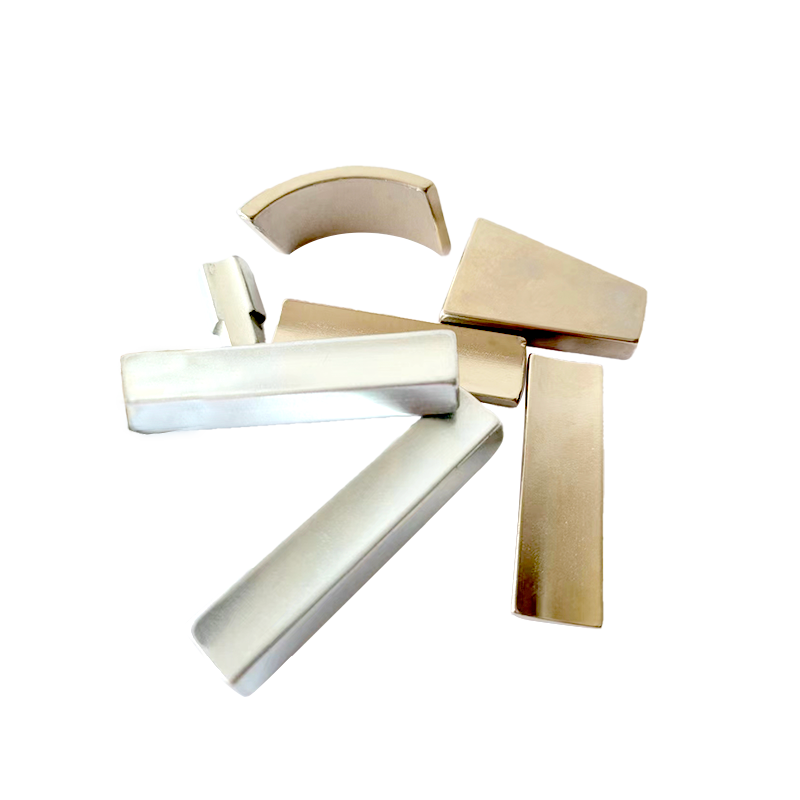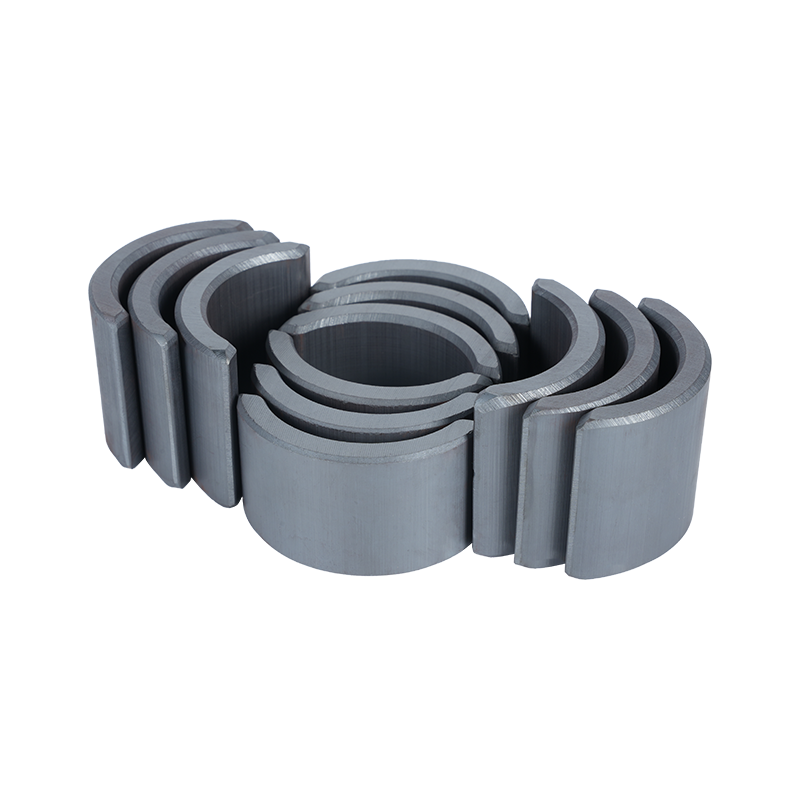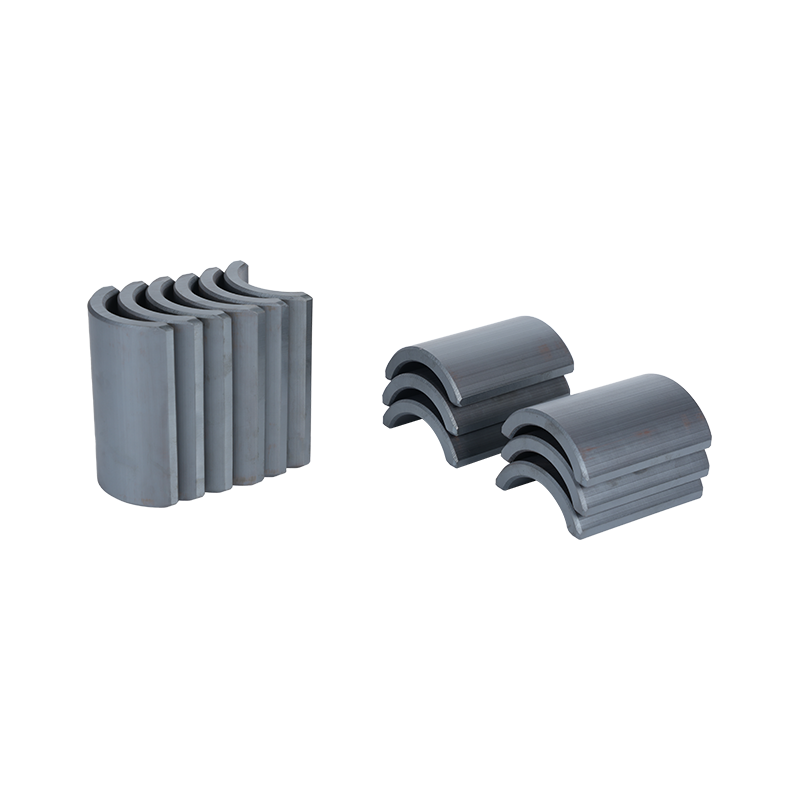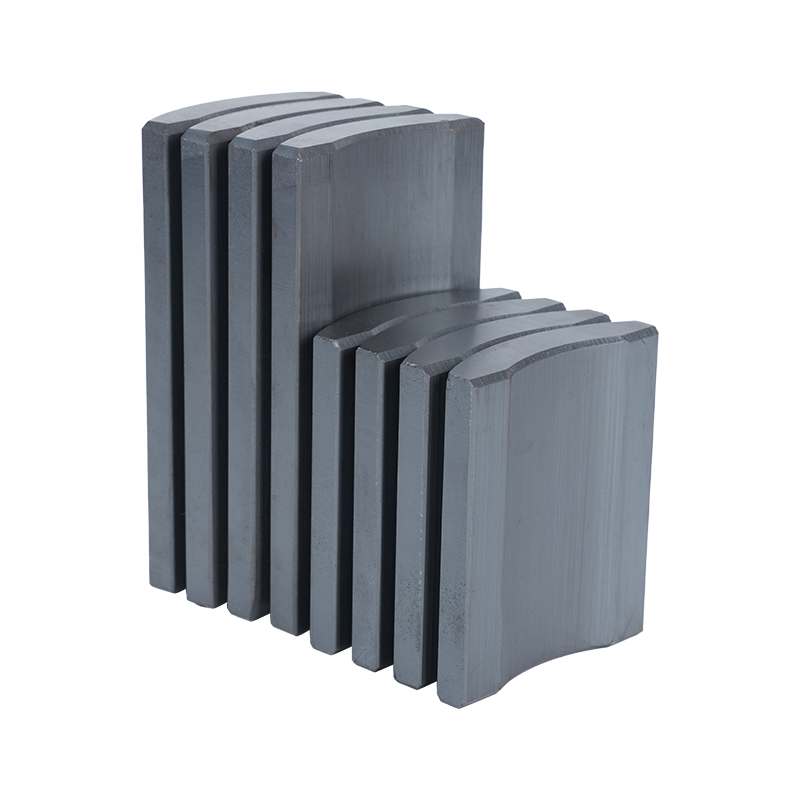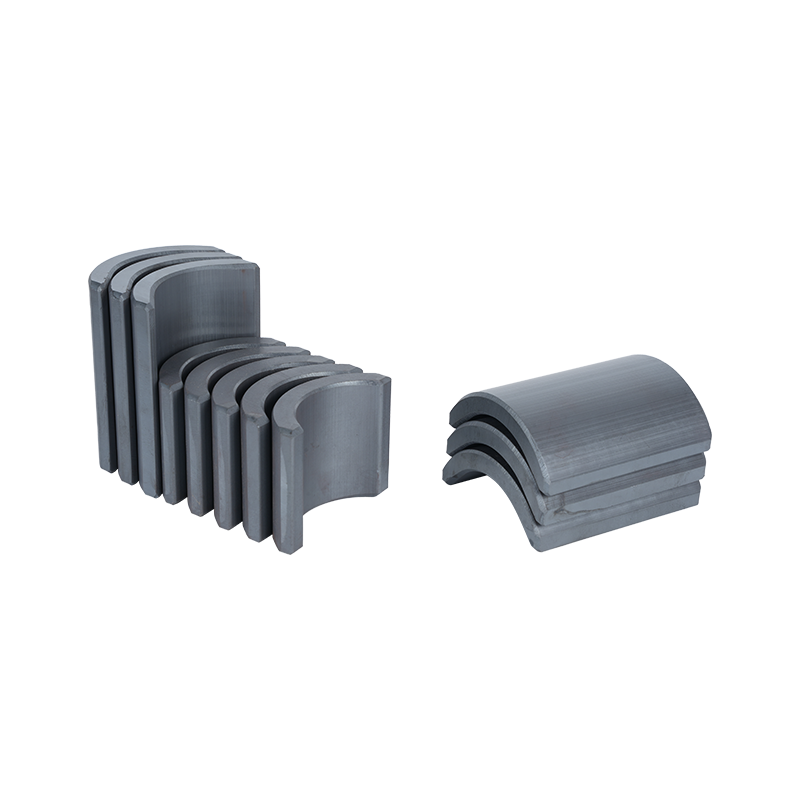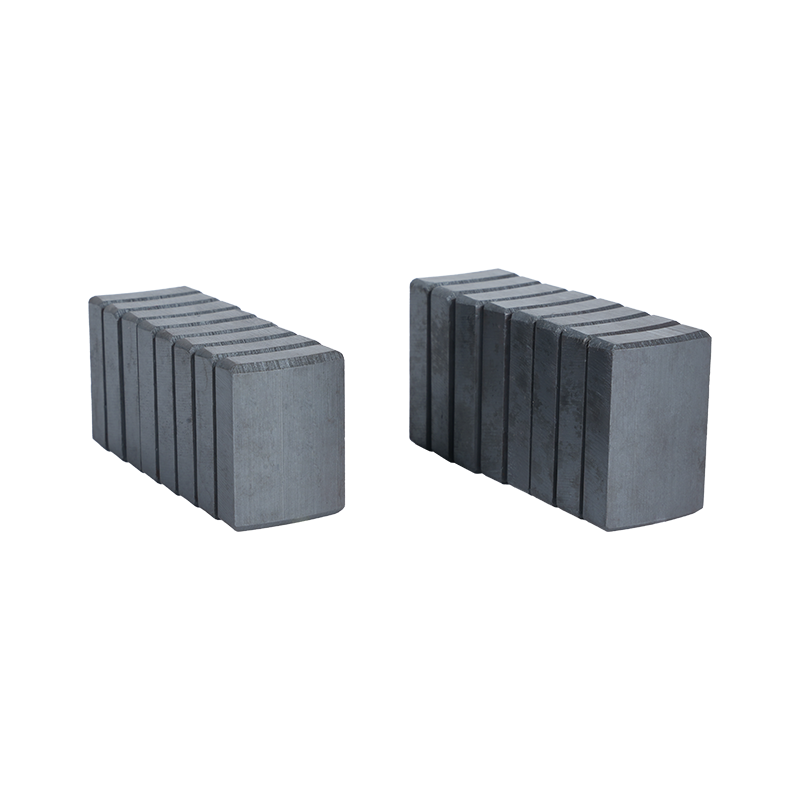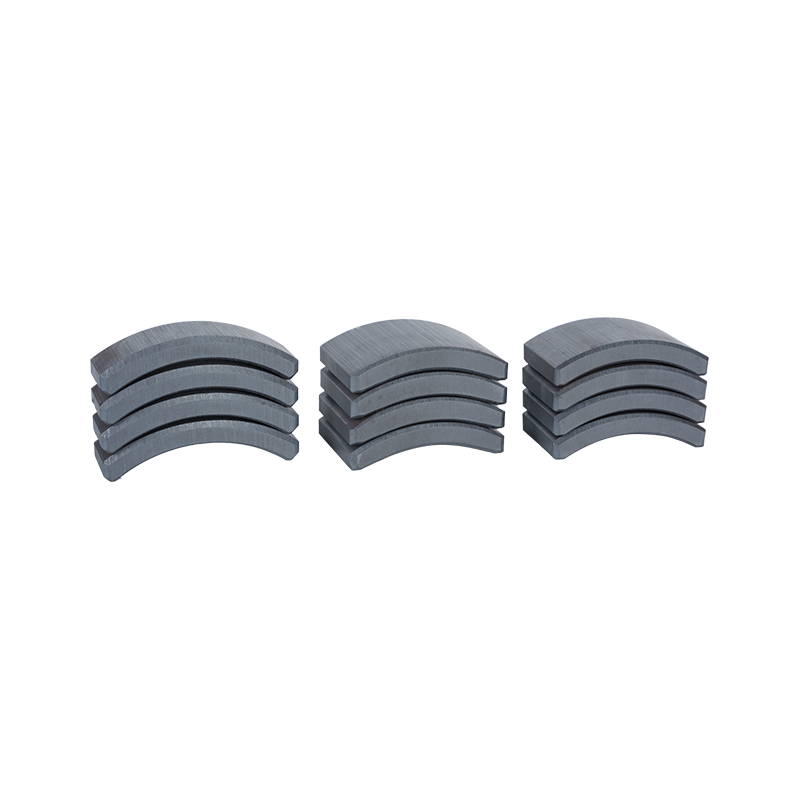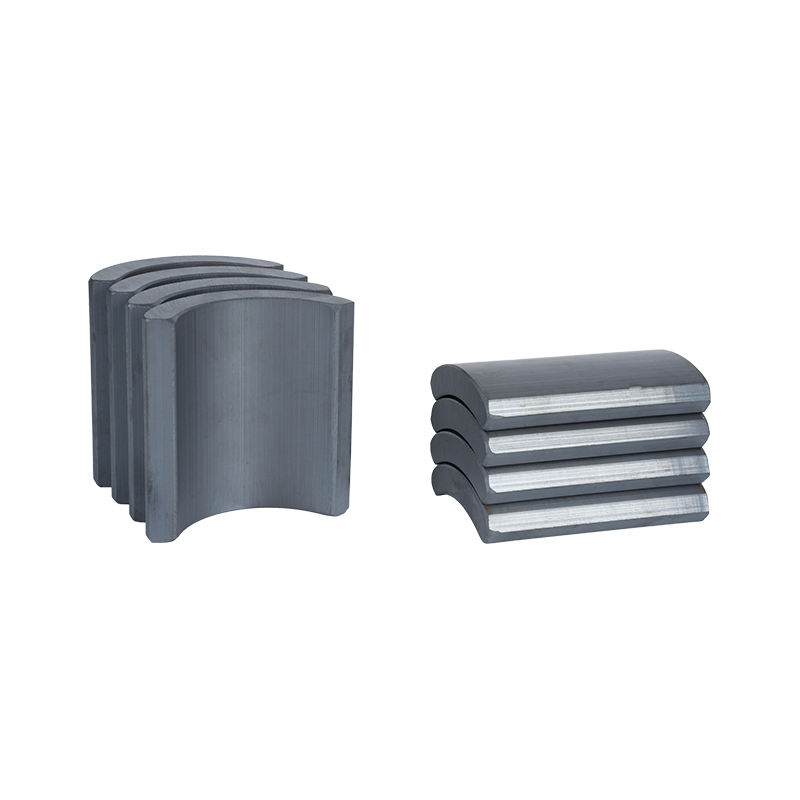Dong Yang TianQi Magnetic Segment Co.,Ltd.(formerly Shuangyang Magnet Tile) is a professional enterprise specializing in the production of motor magnet tiles
Search by posts
Categories
Popular products
Contact Us
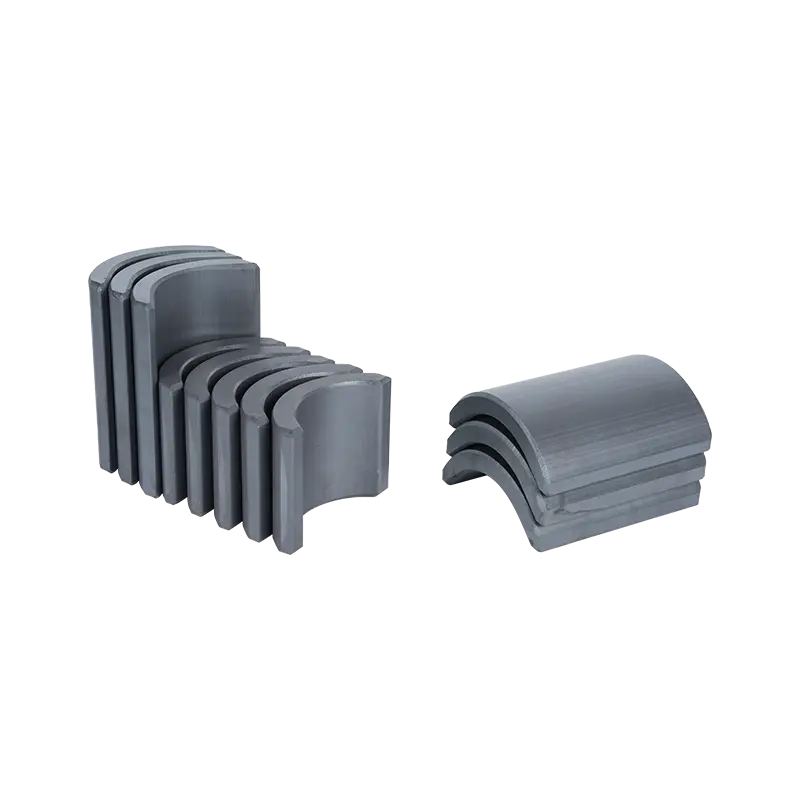
Industry News
 By Admin
By Admin
Permanent Magnetic Ferrite Maintains Steady Role in Industrial and Consumer Applications
Permanent magnetic ferrite continues to hold a significant place in both industrial and consumer markets due to its stability, cost efficiency, and adaptability. As a ceramic compound composed primarily of iron oxide combined with additional metallic elements, permanent magnetic ferrite is widely used in products ranging from electric motors and speakers to sensors and household appliances. Its consistent performance and affordability make it an essential material in numerous manufacturing sectors.
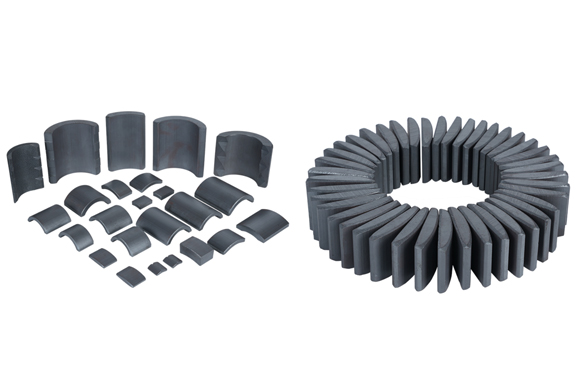
One of the key characteristics of permanent magnetic ferrite is its resistance to demagnetization. Unlike some other magnetic materials that may lose their properties under elevated temperatures or external magnetic fields, ferrite retains its magnetism under moderate conditions. This stability makes it particularly suitable for long-term use in devices that operate continuously, such as motors in fans, pumps, and automotive components.
The material is also valued for its balance between magnetic strength and cost. While ferrite magnets generally provide lower magnetic intensity compared to rare-earth magnets, they are significantly more affordable to produce. This cost advantage allows manufacturers to apply ferrite magnets in high-volume products where reliable performance is required without significant expense.
Permanent magnetic ferrite is available in two primary types: hard ferrites, which are used for permanent magnet applications, and soft ferrites, which are used primarily in transformer cores and inductors. Hard ferrites are particularly common in consumer electronics, where they are used in devices such as loudspeakers and small motors. Their ability to maintain stable magnetic fields contributes to consistent performance in these everyday products.
The versatility of ferrite extends to its use in industrial machinery and renewable energy technologies. In wind turbines and other energy-conversion systems, ferrite magnets help support efficient operation while offering resilience to environmental conditions. Their ceramic composition makes them resistant to corrosion, reducing the need for additional protective coatings or treatments, which is an advantage in outdoor or moisture-prone environments.
Another factor driving the continued use of permanent magnetic ferrite is its availability and environmentally favorable properties. Ferrite magnets are produced from abundant raw materials, making them less subject to supply fluctuations compared to some rare-earth alternatives. Additionally, the manufacturing process generally involves lower environmental impact, aligning with the growing focus on sustainable production practices across multiple industries.
The adaptability of permanent magnetic ferrite also extends to its shape and size. It can be molded or sintered into a variety of forms, allowing designers to create components that meet specific technical requirements. From small magnets for sensors to larger rings for industrial motors, ferrite’s flexibility supports a wide range of applications.
Technology continues to evolve, and demand for magnetic materials remains steady. While advances in rare-earth magnets offer higher performance for specialized uses, ferrite remains a dependable option where moderate magnetic strength, cost control, and durability are primary considerations. Manufacturers continue to improve production methods to enhance consistency and meet the needs of emerging applications, including electric mobility and energy-efficient appliances.
In summary, permanent magnetic ferrite plays a vital role in numerous industries, balancing performance, cost, and environmental considerations. Its widespread use in both everyday consumer products and industrial systems underscores its importance as a reliable magnetic material.


